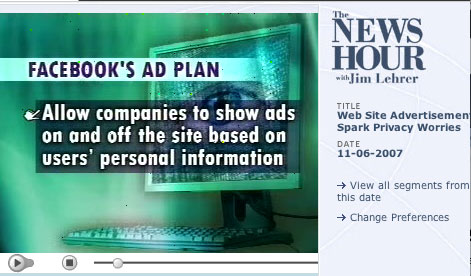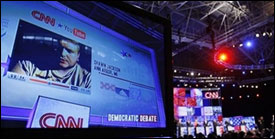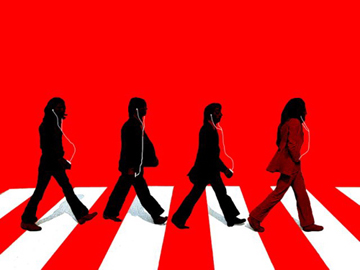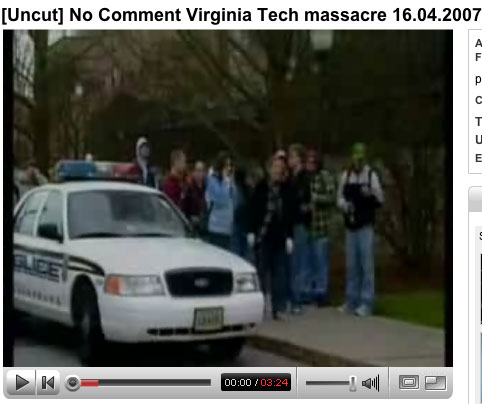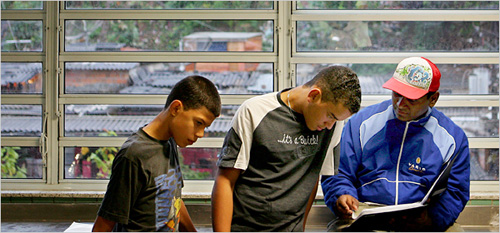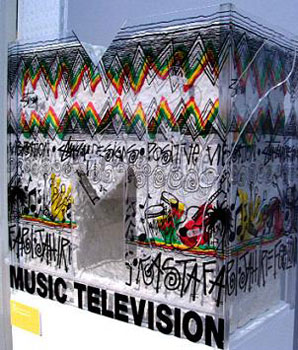The Face Behind Facebook Tells 60 Minutes “Beacon” Needs Work, 2008 IPO Highly Unlikely, by Leslie Stahl
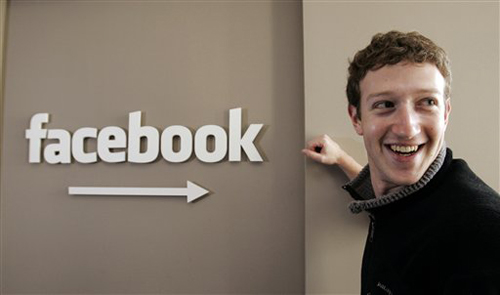
Image source: The Equity Kicker
Text source: 60 Minutes
Originally aired January 13, 2008
Note: I saw this on CBS last night and thought it was worth keeping in the archive for possible future reference for several reasons. First, the myth that “the young will lead” in the computer age is promoted eloquently; Facebook’s CEO is only 23 years old. Also, the frenzy that made the WWW so popular before the dot.com bubble burst of 2000 is kept alive with eloquent distance, while excitedly stating that Facebook is perhaps the next “Google”; and to accentuate this point they show Mark Zuckerberg in a large shared office space echoing the early days of the internet boom, particularly in San Francisco; his office is in Palo Alto, not too far from the former dot.com haven. But the most interesting part is to see Zuckerberg struggling to create actual revenue and hitting a wall that other online entities have encountered in the past when they try to make hard cash out of community based sites. Wikia and Shopwiki are two obvious examples. Perhaps Zuckerberg’s most interesting remark is when he explains why Beacon, which was not well received by the Facebook community, did not work. He actually does not know why. And when asked about the role of ads in Facebook, he resorts to a common argument that any business owner uses when asked about the pressure of making money: “I mean there have to be ads either way because we have to make money,” Zuckerberg says. “I mean, we have 400 employees and you know, I mean, we have to support all that and make a profit.”
(CBS) Are you on Facebook yet? The site is up to 60 million users so far, with a projection of 200 million by the end of the year.
If you’re not on Facebook, here’s how it works: you set up a profile page with details about yourself and then decide who gets to see it. Friends use their pages to share personal news, exchange photos, team up on political causes, or just play long-distance Scrabble. It can be a useful tool or an addictive waste of time. Either way, Facebook is having a dramatic impact on the World Wide Web and it’s estimated to be worth $15 billion.
As Lesley Stahl reports, sitting atop this growing company and directing an Internet revolution is a young, geeky computer programmer who created the site only four years ago.
The face of Facebook is Mark Zuckerberg, the mogul who’s guiding its extraordinary growth. What everyone wants to know is: Is he old enough to be running a company some people say is the biggest thing since Google?
“I’m 23 right now,” Zuckerberg tells Stahl when asked how old he is.
“And you’re running this huge company,” Stahl remarks.
“It’s not that big,” Zuckerberg says.
During her visit to Facebook’s headquarters, Zuckerberg helped Stahl set up her own Facebook page, with a profile of her likes and dislikes. They added her friends and family, and within a few minutes, she got a friend request.
“Here’s a guy I haven’t talked to in two years and I’m so thrilled to hear from him,” Stahl remarks.
Read the entire feature at 60 Minutes

